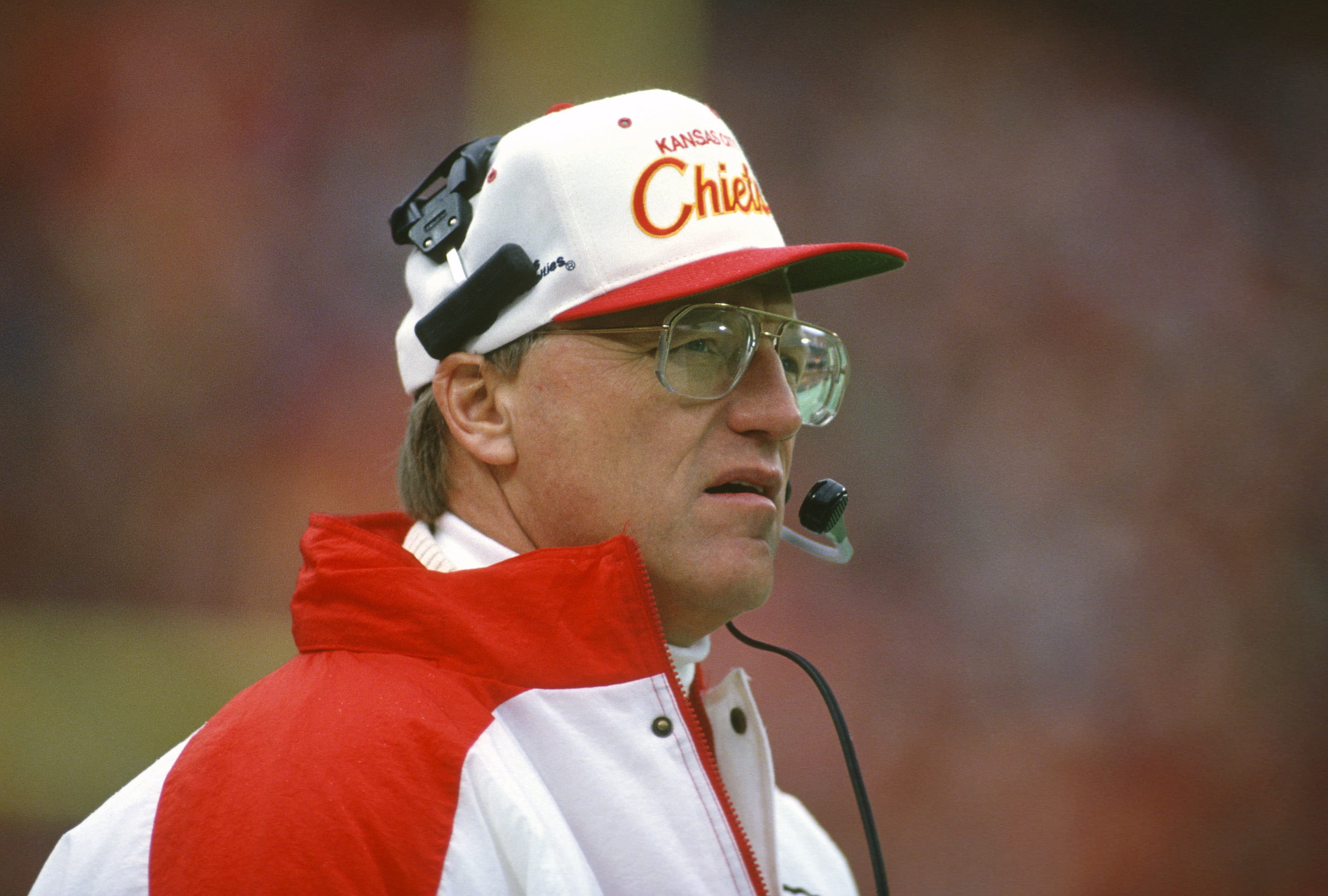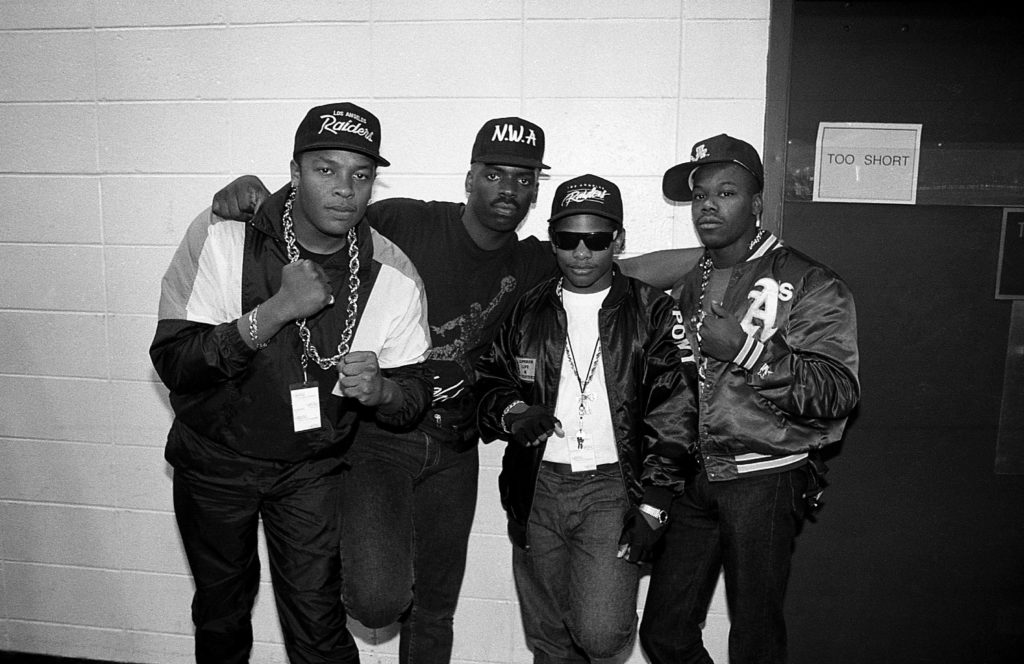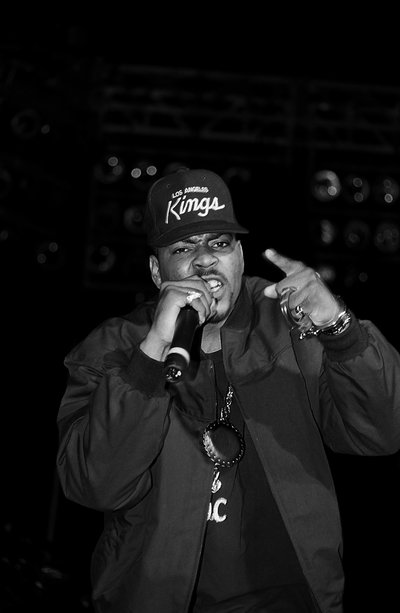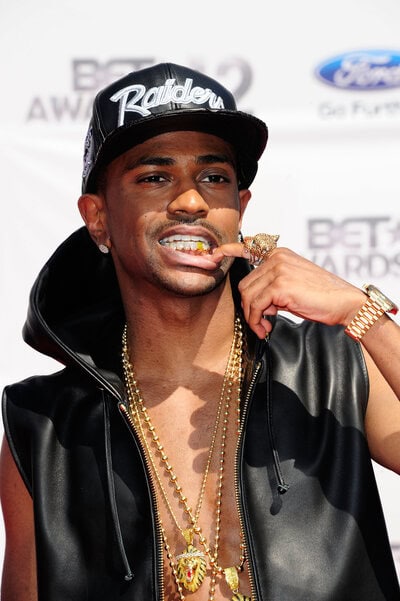For decades, fan gear emblazoned with the Raiders’ Silver and Black has symbolized swagger and attitude on both coasts. And one article of licensed apparel still reigns as America’s most wanted.
After a regular season of scrutiny and distractions ended with a down-to-the-wire win, the Las Vegas Raiders are back in the NFL Playoffs for the first time since 2016.
Moving from The Bay to the Land of the Las, the storied franchise has changed coaches and locations over the course of their 61-year history yet has always maintained an image of the bad boys in black.
While much of their brash branding comes on account of their tough team tones and rabid fans, it all hit a high point in the late ’80s — due not to players putting out hits in helmets, but rather rappers putting out hits in hats.
Licensed to Ill
The team gear vertical may be profitable enough in 2022 to make Fanatics a multi-billion-dollar brand. However, when it comes to licensed apparel, the foundation was set a century ago.
As explained by Agora Clothing, Sports Specialties — the brand behind the iconic script snapback hat — started in Chicago back in the 1920s before being bought by Nike in 1992.
Early on, Sports Specialties started the sportswear licensing business in America as we know it by striking a deal with the local Cubs, eventually signing on as the first official licensee of the NFL by the 1960s.
It was in the early 1980s that Sports Specialties introduced their most transcendent product: the Pro Line Script snapback.

Amongst many, the hat was heralded as the “coach cap” due to the fact that the product was provided to the play-calling, clipboard-holding types along NFL sidelines. Notably, it was often the first piece of apparel a player received upon getting selected on Draft Day.
Leveraging simple script text on the front of the cap rather than a franchise logo, the tonal team caps covered combovers and crew cuts of company men making money off setting up schemes and barking at officials.
Little did Sports Specialities or the NFL know, but it would ultimately be a group of graphic entertainers that took the script snapback from sideline staple to cross-country phenomenon.
The World’s Most Dangerous Group

In the 1980s, the individual marketing of Michael Jordan and the eventual embrace of hip-hop culture by mainstream media outlets like MTV completely catapulted the sportswear industry into uncharted territory.
No longer were sneakers sold as safe, with MJ’s banned Black/Red Air Jordans making more noise than Stan Smith’s country club kicks. Soon, big brands like Adidas were leaning into rebellion by striking deals with rap group Run-DMC, while unofficial endorsement of the Nike Air Safari by the one and only Biz Markie made it official amongst the youth than any time trial could.
All this time, team gear sales corresponded with winning records. Just the same, it was hip-hop’s regional roots that put all the eyeballs on the East Coast.
In the late ’80s, NWA and the losing Los Angeles Raiders changed everything.

Louder than a bomb, the West Coast crew composed of Dr. Dre, Ice Cube, Eazy-E, MC Ren, and DJ Yella broke rules and the Richter scale with the release of their breakthrough album, Straight Outta Compton. The explicit title track and its brash visual were littered with cutting curse words, gunshot sound effects, and poignant threats.
While weapons and faces weren’t blurred out, the text adorning their caps was notably fuzzed.
Dressed darkly with dripping Jheri curls, it soon became evident that Dr. Dre and company were repping the same script Raiders snapback that Sports Specialties probably designed with the team’s former frontman, John Madden, in mind.
Soon, the was appearing on red carpets and on late-night television shows dressed in all black, shifting the shape of the Raiders brand in a way that was redefining hip-hop style from coast to coast.
Evidently, this uptick in Raiders gear was making a mark on the league’s revenue line, too.
“Some of our licensees started placing their product on up and coming rap groups,” former VP of NFL Properties Frank Vuono told ESPN. “The merchandise for the Raiders in particular became tremendously popular and vaulted them to close to the top of sales or No. 1 for a number of years.”
So, just how much product did Cube, Dre, and Eazy push unintentionally for Al Davis and Paul Tagliabue?
“When I got to the NFL at retail, the business was about $300 million,” Vuono shared with ESPN. “When I left in 1993, it was close to $3 billion.”
Yes, even the NFL would admit that the popularity surrounding Raiders caps came more from Eazy-E getting that GTA than Tim Brown earning yards after catch.
All this impacted not just teams in LA, but the entire industry of athletic apparel for an entire decade.
“The ’90s in a nutshell was sports gear,” For All to Envy founder and vintage curator Kirk Tilton told Boardroom. “NWA played a big role in it. They made it cool to rock sports gear head to toe and claim your team.”
Less about rushing marks and more about bum-rushing the show, the whole world was enthralled with fan gear through hip-hop.
Everyone from members of the Detroit Pistons to members of Public Enemy could be seen in the Black and Silver script Raiders hat. Spanning far further than the city of LA, the whole world was taking on the Raiders’ gear as spearheaded by NWA.
Ultimately, this sparked a shift in global fashion while redefining cultural trends from within.
“Hip-hop before that was very brand-centric,” recalls Tilton, a New Hampshire native who moved to Los Angeles in 2009 and later founded vintage venture For All to Envy. “You had Adidas, Kangol, FILA, and Nike. Then, NWA changed that and brought sports apparel to the world to show where you’re from. They made that cool.”

By ‘92, the sports headwear industry alone was worth $1.5 billion, and Sports Specialties owned a good portion of that. The script snapback company was soon acquired by the Swoosh.
Right on cue, the Raiders quickly became regular playoff contenders.
For years to follow, the stigma around jerseys, jackets, and caps tied to franchises shifted drastically.
Previously, one could argue that pulling up to first period in your favorite team’s gear was equivalent to walking your high school hallways dressed like Luke Skywalker in March.
“Before that, you were a sports nerd,” Tilton says of rocking team gear for everyday purposes. “But it came to where you could not be a sports fan and [still] rep your city and colors. They changed fashion because they could’ve worn Dickies or Carhartt, but they wore Kings and Raiders everywhere they went to show where they were from.”
With NWA adding cool cache to team apparel, fan gear was suddenly en vogue for the next decade, ushering in a new era of sportswear that was accessible, expressive, and bold.
“You felt different because hardcore rappers are wearing head-to-toe Starter and Sports Specialties,” says Tilton. “They made it mainstream to get a script hat and I don’t think it had anything to do with sports. Ice Cube likes the Lakers, sure, but it was more about letting people know where you’re from through apparel and colors.”
Regardless of where they were from, kids across the country were buying Raiders caps in heaps.
However, just like the group that made the lids pop, the authorities weren’t having it.
Banned From the Hallway
In 1990, the LA Times ran a piece about a high school principal banning black Raiders hats and jackets from her school, reasoning that students used them to “signify gang membership.”
This phenomenon swept the country, happening later in both Boca Raton and Denver.
“I think established people were looking at those Raider clothes and saying, “Yo, this is the reason we got the problem—because everybody is wearing this Raiders gear and they think they belong in this big old gang,” Ice Cube told GQ in 2010. “And that just wasn’t true. People associate clothes with actual behavior, and it’s kind of crazy. If you get shot in some Levi’s you don’t go after Levi’s. It’s not the clothes. It’s always the people.”

Despite the fact that Sports Specialties script snapbacks were enjoying love from Dallas Cowboys draftee Troy Aikman and a teenage phenom named Tiger Woods who rocked the beloved Chicago Bulls cap in amateur tournaments, it was specifically rocking Raiders gear that certain schools established as a no-no.
This prior restraint later extended to another West Coast franchise.
Soon, the Sports Specialties Los Angeles Kings script snapback was getting adjacent juice from NWA affiliate The DOC, who wore it on the cover of his chart-topping album, No One Can Do It Better.
By switching to black and silver and also residing in LA, the Kings became pro hockey’s best seller at that time with even Andre Agassi proving funky enough to don their script snapback.
Just the same, certain schools banned the Kings cap.
Just the same, the sales were spurred by the rough and tough image not of superstar Wayne Gretzky, but rather the great ones in hip-hop.
“Really, we started that whole thing,” Eazy E said in a 1991 piece for The New York Times titled Raiders Chic: A Style, And Sinister Overtones.
Too hot for the hallways, Black and Silver gear was a statement tied to the Raiders but rooted in rap.
“You can’t turn on MTV now without seeing a Raiders jacket,” former Raiders marketing director turned NFL director of club marketing Michael Ornstein told The New York Times in 1991.
He was right.
However, it would take two decades for the tough trend to truly resurface.
Comeback Season
By the mid-90s, much had happened to doom the fate of the Sports Specialties script snapback.
NWA had broken up, Eazy-E had passed away and the Raiders had moved to Oakland.
Team gear and hip-hop remained hot, with Nike’s new leverage in the licensing space making designs more dynamic and old styles seemingly dated.
But just as Q-Tip told his father on “Excursions,” these things go in cycles and the 20-year trend window proved true.
By the early 2010s, the hats were once again on fire in vintage form with the Sports Specialties Raiders rarity still proving cream of the crop.
Rapper repped labels like TI$A Vision and Just Don decked out the classic black and silver cap with embroidered upgrades and luxury python brims.
“We used to sell Taz Arnold the blanks to embroider and it was a big deal,” Tilton remembers. “The hats on their own were iconic and caught after, but once he put the TI$A on? It was a whole new level.”
Cashing in on the wave, big brands such as Nike, New Era, and Mitchell & Ness quickly reproduced replicas of the vintage script snapback style, seeing a gap in the market as many of these rebranded originals or revamped versions sold for upwards of $400.
Famously, the premium Just Don caps caught fire as they landed on the likes of Kanye West.
“When Don put snakeskin on it? That took the script hat global again,” admits Tilton. “When Kanye wears one of Don’s hats — even though it’s a Mitchell & Ness — it still has the script core fan interested because everything goes back to that font and the Raiders making it famous and their own.”

Through the Just Don range of products, the script snapback reached a new era of fanfare — and a more prestigious price point.
This makes perfect sense because both Kanye and Don himself are children of the ’80s and ’90s who grew up watching NWA change culture through fearless lyrics and brash fan gear.
“The Raiders cap is one of the most iconic team caps,” Don Crawley, better known as Don C, told Boardroom. “It represented everyone from the burbs to the inner city streets!”
Catapulted by The Cool Kids in the late ’00s only to be later led by Big Sean and co-opted by Tyga and Chris Brown in the ’10s, snapbacks were very much back and a statement symbol for the new wave of rappers.
Just the same, they were bankable for streetwear startups looking to make their own homage, bootleg, or parody product inspired by the signature script forever linked to the Raiders.
“Five years ago, every streetwear brand had a script hat and ran it to the ground,” says Tilton. “It resurfaced in the past couple of years with more creative ways to use the script.”
This bodes true for Tilton. While his company For All to Envy operates largely in the vintage space, their namesake brand recently released a script snapback that recalled not Jerry Heller, but Jerry Seinfeld.
Even in 2022, roughly 30 years since NWA broke up, the Sports Specialties “coach cap” still strikes a chord with rap fans (and retired school principals) alike.
“It’s always been a collectible hat for anyone who collects vintage,” shares Tilton.
Though the script styles outfitted all NFL teams and even extended into the NBA, NHL, and NCAA, one squad — or rather, one city — made the hats matter the most.
This weekend, that historic franchise will be participating in the playoffs.
And though they’ll be repping Las Vegas this time around, don’t be surprised if the script style popularized by Andre Young and Co. takes on the role of 12th Man.